SUMMARY
This is AI generated summarization, which may have errors. For context, always refer to the full article.
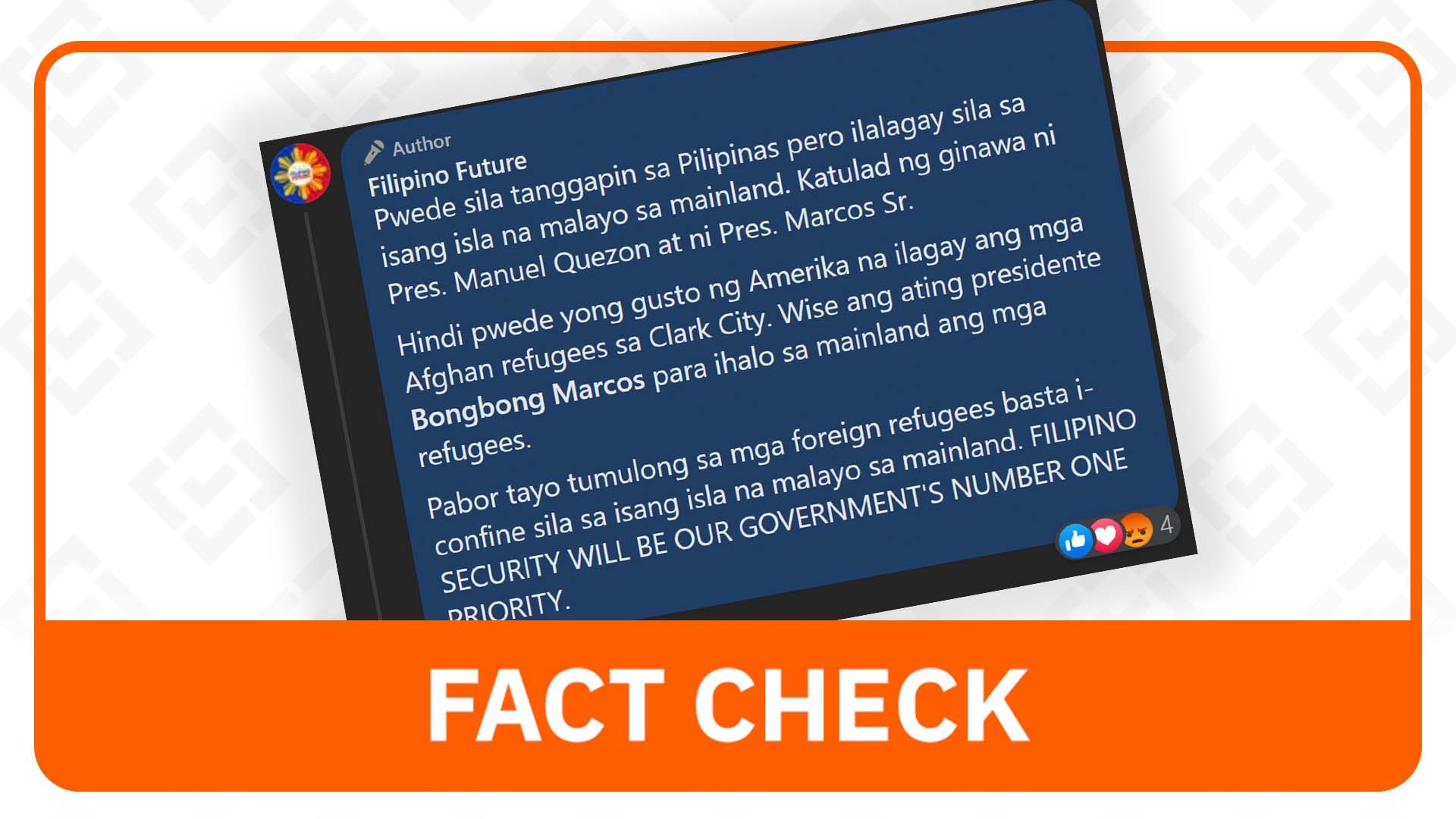
Claim: During the administrations of former presidents Manuel L. Quezon and Ferdinand E. Marcos, refugees were sent to a remote island far from the Philippine mainland.
Rating: FALSE
Why we fact-checked this: The claim can be found in a post on the Community section of the YouTube channel “Filipino Future” on July 2. The post, which has 60 likes and 20 comments as of writing, was about the United States’ request for the Philippines to temporarily host Afghans fleeing Taliban-ruled Afghanistan.
The relevant part of the post reads: “Manuel L. Quezon and Ferdinand E. Marcos both accepted refugees during their tenure and yet they did it with strategic response. They did not allow foreign refugees to reside in the mainland or in cities. They just confined them to a certain island far from the mainland and provided help to them until they were [repatriated] by their host countries.”
The claim can also be found in a comment by “Filipino Future” on its own Facebook page: “Pwede sila tanggapin sa Pilipinas pero ilalagay sila sa isang isla na malayo sa mainland. Katulad ng ginawa ni Pres. Manuel Quezon at ni Pres. Marcos Sr.” (They may be admitted to the Philippines but they will be placed on an island far from the mainland. Like what Pres. Manuel Quezon and Pres. Marcos Sr. did.)

The bottom line: The Philippines opened its doors to Jewish refugees escaping the Holocaust and Vietnamese refugees fleeing the Vietnam War under former presidents Quezon and Marcos, respectively. Contrary to the claim, the refugees were not all sent to a remote island. Jewish refugees found sanctuary in the capital Manila, while Vietnamese “boat people” were hosted in refugee centers in the provinces of Palawan and Bataan, which are not at all remote.
Refugees during the Quezon administration: According to a Department of Foreign Affairs article on February 5, 2020 titled “New York, Tel-Aviv Remember Quezon’s Open Door Policy,” Quezon instituted an “open door policy” which involved the issuance of 10,000 visas to Jews who were fleeing the regime of German dictator Adolf Hitler. About 1,300 Jewish refugees from various European countries eventually made their way to Manila and then became known as the “Manila-ners.”
In 1940, Quezon himself donated a portion of his land in Marikina to serve as housing for some Jewish refugees. According to an article written by Quezon’s grandson, a small farm home was built on the three-hectare site to house 40 refugee families.
Aside from accepting Jewish refugees, the Quezon administration had also welcomed Chinese refugees fleeing from advancing Imperial Japanese forces in mainland China in 1937. Quezon issued Proclamation No. 173, calling on Filipinos and government agencies in Manila, Baguio, Rizal, and the Mountain Province to “cooperate in extending whatever aid may be necessary for the safety and care of these refugees.”
Refugees during the Marcos administration: During the Marcos administration, refugee camps were established to host Vietnamese and Indochinese refugees who sought sanctuary in the Philippines.
In 1979, Marcos signed Executive Order No. 554, designating Ulugan Bay and Tara Island in Palawan as centers for the processing of incoming refugees.
According to the United Nations High Commissioner for Refugees (UNHCR), a total of 2,700 refugees lived in these centers and were allowed to work, farm, and fish. While most opted to relocate to other countries, some refugees chose to stay, later establishing ‘Viet Ville’ on the campsite.
According to a study on transnational communities in the Philippines, the UNHCR established the Philippine First Asylum Camp in Puerto Princesa, Palawan, and kept it open for 20 years.
In 1980, the Philippine Refugee Processing Center in Morong, Bataan was established. Funded by the UNHCR, it served as a shelter for Indochinese refugees who received primary education prior to their resettlement to other countries such as the US, Canada, France, and Australia.
Opening doors for refugees: The Philippines has a long history of welcoming thousands of refugees from different parts of the world, with previous administrations issuing laws and policies covering them. The UNHCR has also acknowledged the country’s “strong humanitarian tradition” in a 2017 article titled “Nine Waves of Refugees in the Philippines.”
This historical tradition has recently been in the news amid the US request for the Philippines to take in Afghans, mostly former employees of the US government, waiting for special immigration visas. President Ferdinand Marcos Jr. said the proposal is under review as the government continues to discuss security, legal, and logistical issues. As of writing, there is no agreement yet between the Philippines and the US. Rappler has previously fact-checked a claim that the Afghans are set to be relocated to Subic.
“Filipino Future” channel and Facebook page: Rappler has previously fact-checked posts from the “Filipino Future” YouTube channel and Facebook page over claims about supposed Marcos wealth:
- FACT CHECK: Maharlika fund won’t draw from ‘Marcos wealth’
- FACT CHECK: No ‘Marcos wealth’ to be reinvested in Maharlika fund
– Percival Bueser/ Rappler.com
Percival Bueser is a graduate of Rappler’s fact-checking mentorship program. This fact check was reviewed by a member of Rappler’s research team and a senior editor. Learn more about Rappler’s fact-checking mentorship program here.
Keep us aware of suspicious Facebook pages, groups, accounts, websites, articles, or photos in your network by contacting us at factcheck@rappler.com. You may also report dubious claims to #FactsFirstPH tipline by messaging Rappler on Facebook or Newsbreak via Twitter direct message. You may also report through our Viber fact check chatbot. Let us battle disinformation one fact check at a time.
Add a comment
How does this make you feel?
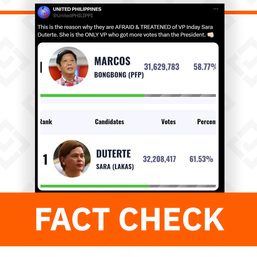

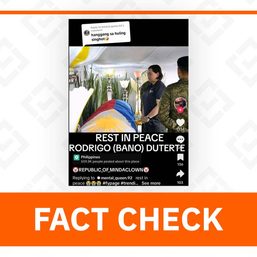

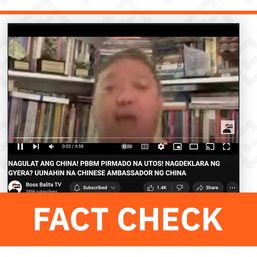

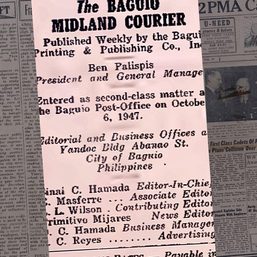
![[Newspoint] The lucky one](https://www.rappler.com/tachyon/2024/04/lucky-one-april-18-2024.jpg?resize=257%2C257&crop=536px%2C0px%2C1080px%2C1080px)
![[Just Saying] Marcos: A flat response, a missed opportunity](https://www.rappler.com/tachyon/2024/04/tl-marcos-flat-response-april-16-2024.jpg?resize=257%2C257&crop=277px%2C0px%2C720px%2C720px)
There are no comments yet. Add your comment to start the conversation.